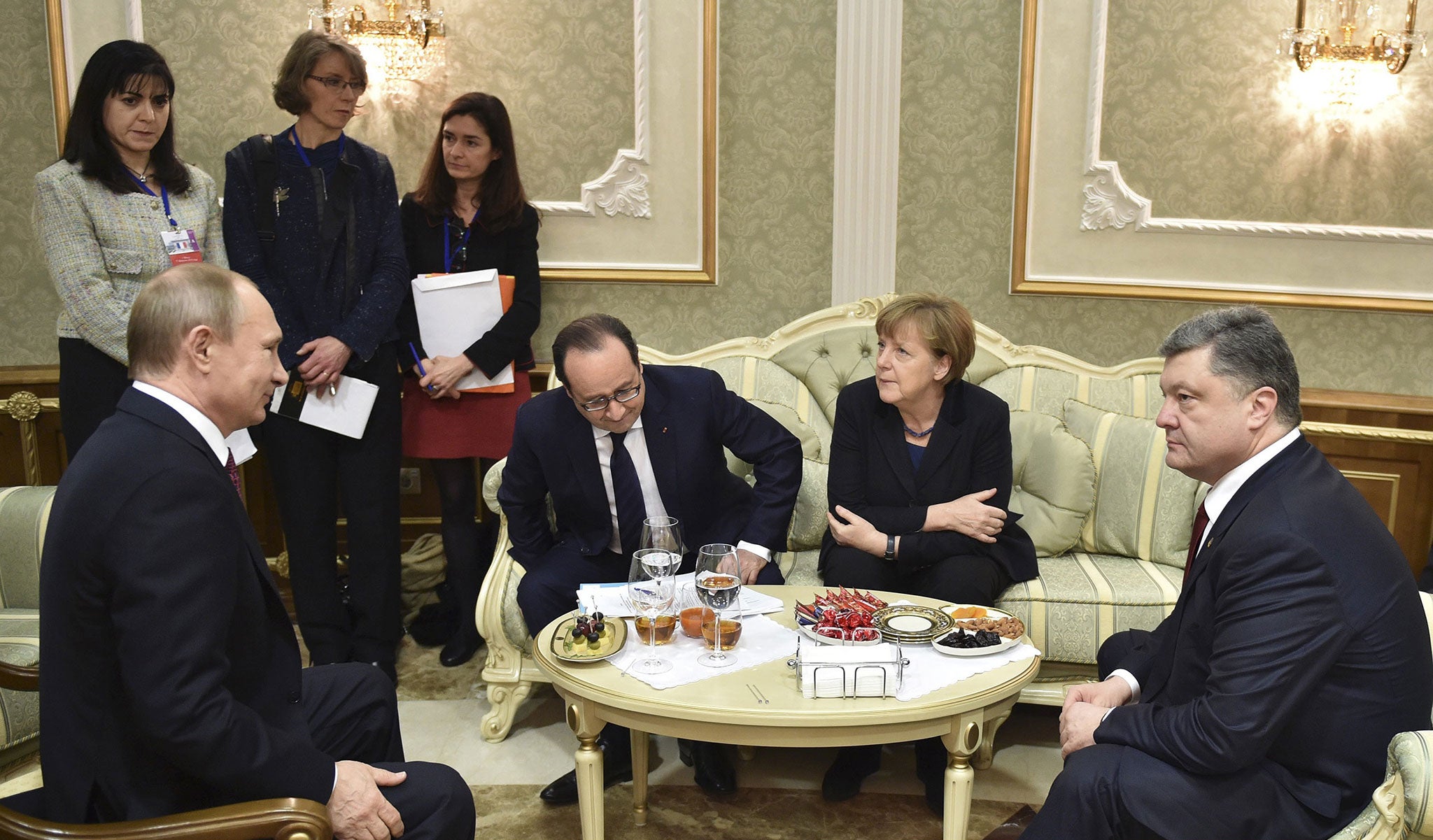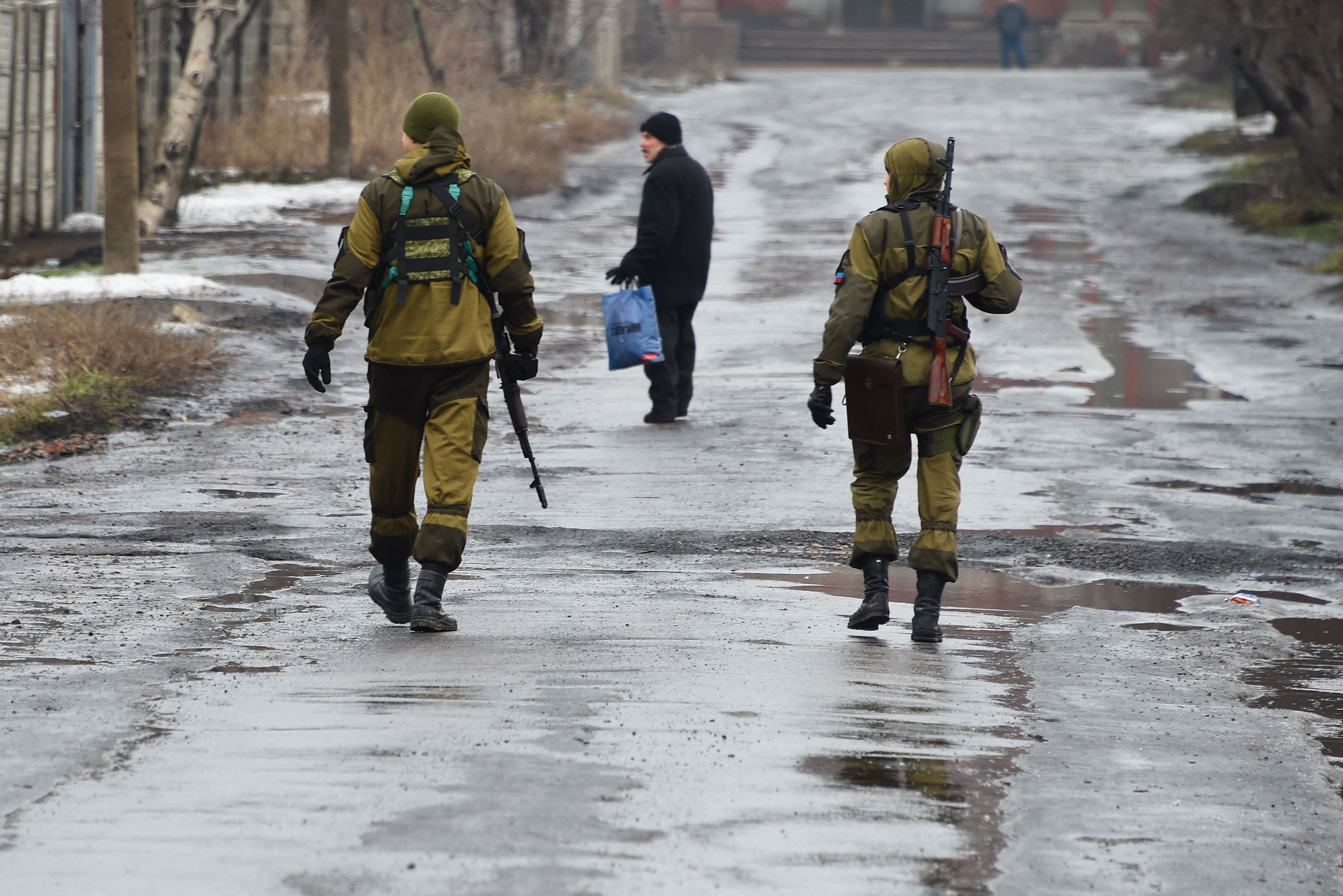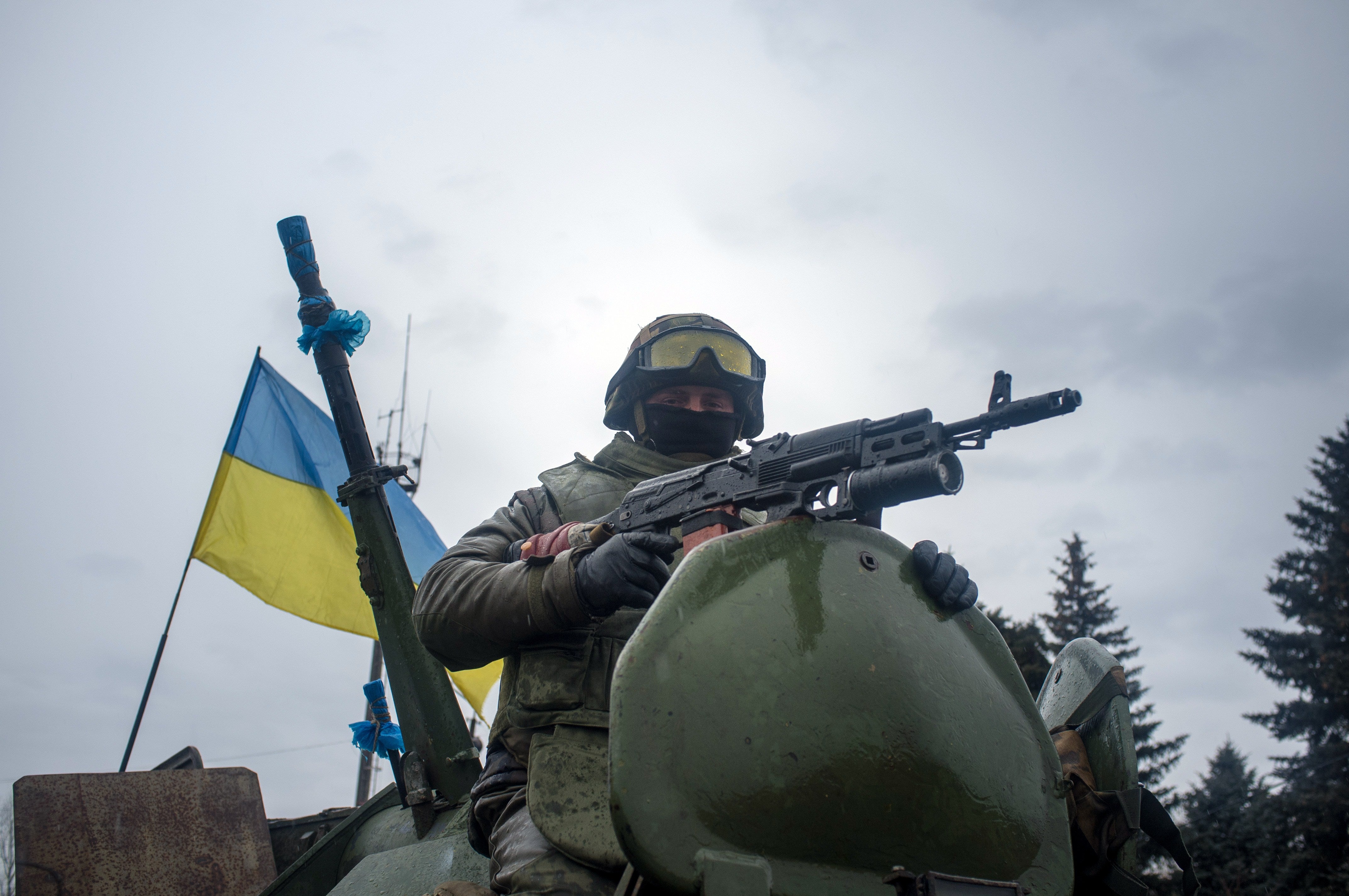Vladimir Putin declares 30-hour truce in Ukraine – but how many times has he broken ceasefire agreements?

Vladimir Putin has declared a “Easter truce” in Ukraine, ordering his forces to end hostilities at 6pm on Saturday until the end of Sunday.
The Russian Defence Ministry said it had given instructions on the ceasefire to all group commanders in the area of the “special military operation”, which is the Kremlin’s term for the war.
However, Ukrainian president Volodymyr Zelensky said Ukrainian air defence units had hours earlier repelled an attack by Russian drones saying this showed Moscow’s true attitude to Easter and the lives of people.
The Russian president has an extensive history of breaking peace agreements. Last month, Mr Putin broke an energy infrastructure ceasefire hours after telling Mr Trump his forces would stop attacks.
Earlier this year, Mr Zelensky handed a document to Mr Trump’s Ukraine envoy detailing what he said were the 25 ceasefires Russia had violated since the start of its aggression in 2014. .
Below, we look at some of those agreements and how exactly these previous ceasefires broke down.
The Minsk Agreements

After pro-Russian president Viktor Yanukovych was ousted in 2014 following the Euromaidan revolution, Mr Putin sent plainclothes Russian soldiers into the southern Ukrainian peninsula of Crimea, and then into the eastern Ukrainian regions of Luhansk and Donetsk.
Fighting quickly broke out as Russia denied involvement. Moscow claimed it was Ukrainian separatist forces.
Nonetheless, by September of that year, Ukraine, Russia and the self-proclaimed Donetsk and Luhansk People’s Republics (DPR and LPR) convened for the first of what would be many peace talks. They were brokered by the Organization for Security and Co-operation in Europe (OSCE).
On 5 September, the first of two agreements was signed in the Belarusian capital of Minsk.
Its provisions included prisoner exchanges, the delivery of humanitarian aid and the withdrawal of heavy weapons.
But a day later, Ukraine’s National Security and Defense Council announced that Russian troops had fired at Ukrainian positions at least 10 times. The ceasefire failed to materialise into anything substantive.
By the turn of the year, fighting had intensified. Pro-Russian insurgents attacked Ukrainian positions at Debaltseve, a transport hub near the administrative line between Donetsk and Luhansk, eventually forcing a Ukrainian withdrawal by mid-February.
At that point, a second agreement was underway in Minsk, this time overseen by German chancellor Angela Merkel and French president Francois Hollande.
The agreement came into effect on 15 February but lasted only a few minutes, as Russian units fired on a Ukrainian checkpoint near Zolote in Luhansk Oblast, according to Ukraine’s military.
Easter and Christmas ceasefires

For the next four years, Russia and Ukraine agreed to several ceasefires a year, often timed with Christmas, Easter or the harvest, around June/July.
Not a single one held for very long.
On several occasions, the OSCE helped broker agreements, but skirmishes broke out quickly. Neither side believed a truce could hold.
Soldiers would fire at one another within hours of the supposed start of a ceasefire. The OSCE said both sides would also deny them access to inspect military equipment, though they said the Russian-backed rebels were typically guilty of the more serious violations of ceasefire agreements.
Back in 2022, just a few months after Russia launched its full-scale invasion of Ukraine, a ceasefire was proposed to take place between 21 and 25 April.
UN Secretary-General António Guterres put forward the idea, aiming to “open a series of humanitarian corridors” and allow for the “safe exit of all civilians wishing to leave areas of confrontation”.
But the plan never came to fruition.
While Ukraine expressed support for the proposal, Russia rejected it, saying it did not want to give Kyiv’s forces a chance to rest.
Russia’s deputy permanent representative to the UN, Mr Dmitry Polyansky, called the proposal “insincere” and claimed it would give Ukrainian troops more time to regroup and receive weapons.
Zelensky’s 2019 and 2020 attempts

It was just two months after the comedian-turned-politician Mr Zelensky assumed his role as the president of Ukraine that he found himself opposite Mr Putin for the latest round of peace talks.
Ms Merkel and the new French president Emmanuel Macron oversaw the talks.
In a written statement, the countries agreed to the release and exchange of all “conflict-related detainees” by the end of 2019.
They also pledged to disengage military forces in three additional regions of Ukraine by the end of March 2020, without specifying which regions would be affected.
But it was a deal that was doomed to fail.
“We saw differences today,” Mr Macron admitted at the time. “We didn’t find the miracle solution, but we have advanced on it.”
The following July, another agreement was struck, one that did reduce the level of fighting but never quite stopped it completely.
2025 energy infrastructure ceasefire
Mr Putin broke his promise to Mr Trump to stop attacking Ukraine’s energy infrastructure just hours after his agreement with the US president.
In a readout of a call between the two leaders in March, the Kremlin said Mr Trump had requested that Russia refrain from striking energy infrastructure. It added that Mr Putin had responded “positively” to this request and had “immediately given the Russian military the corresponding command”.
But Russia fired several ballistic missiles and nearly 150 drones across Ukraine a few hours later, cutting off electricity in the eastern city of Slovyansk, damaging two medical facilities in the northeast Sumy region, and wounding people in the capital of Kyiv.
Russian state media then claimed that Ukrainian drones had hit an oil facility in the Krasnodar Krai region, sparking a small fire at an oil depot located near the village of Kavkazskaya. Russian site Shot posted a video of a fire in what seemed like an industrial area, but it was unclear if this was of the actual attack. Ukrainian governmental and local authorities posted extensive footage of Russia’s attacks.
